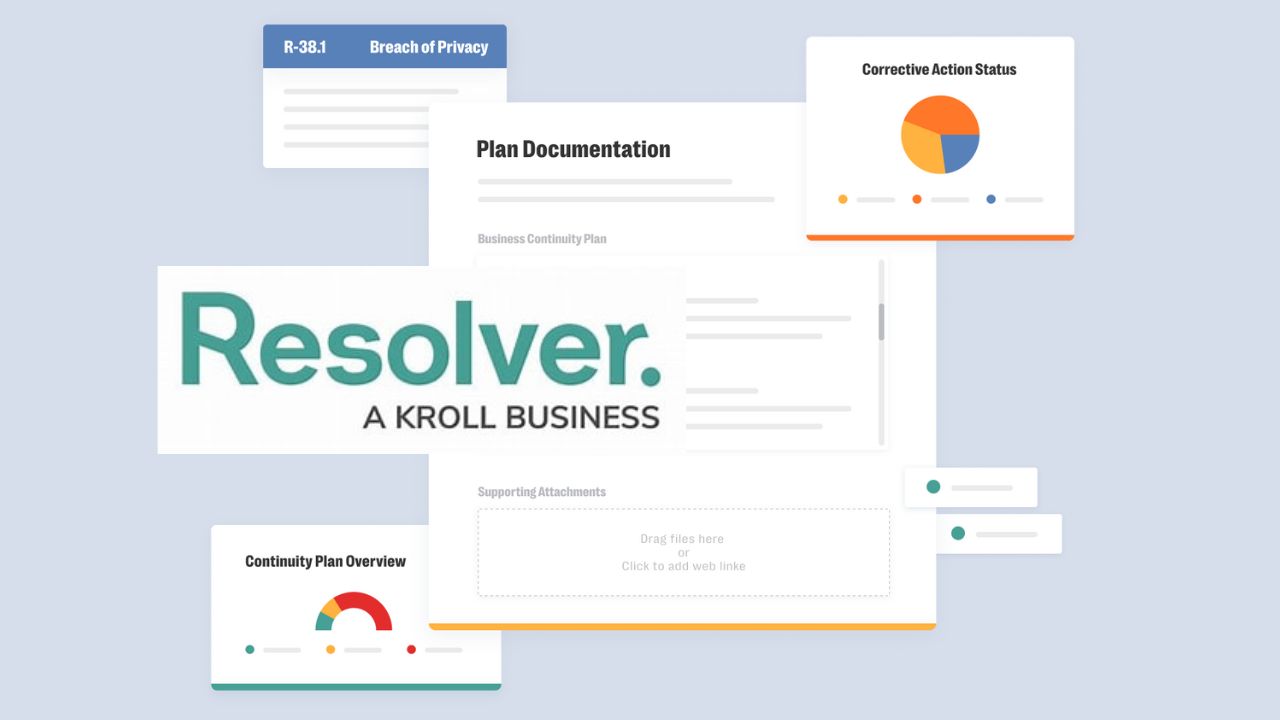Business Continuity Management: Ensuring Resilience in Unpredictable Times
Disasters can strike at any moment, leaving businesses vulnerable and unprepared. However, with the right strategies in place, organizations can respond effectively to disruptions and maintain operations. This article explores the key components of Business Continuity Management (BCM) and how it can help businesses thrive in the face of adversity.
The Importance of Business Continuity
In today’s fast-paced environment, the ability to anticipate and respond to disruptions is crucial. Business Continuity Management software empowers organizations to:
- Identify High-Risk Areas: By assessing vulnerabilities, businesses can pinpoint critical areas that may be affected by potential disruptions.
- Create and Update Plans: Regularly revising and testing response plans ensures that organizations are always prepared for unforeseen events.
- Track Performance: Monitoring the effectiveness of test exercises helps in refining strategies and improving response capabilities.

Building a Resilient Business Culture
A resilient organization is one that fosters a culture of preparedness. With BCM software, businesses can:
- Document Response Protocols: Clearly defined protocols equip employees with the knowledge needed to manage disruptions effectively.
- Connect Risks and Controls: Understanding the relationship between risks and controls enhances decision-making processes.
- Map Response Blueprints: Aligning response strategies with organizational structures ensures a coordinated effort during crises.

Gaining End-To-End Protection
Comprehensive BCM solutions centralize critical data, providing organizations with a holistic view of their operations. Key benefits include:
- Streamlined Emergency Preparedness: Centralizing planning efforts allows for better identification of vulnerabilities.
- Structured Asset Recovery Strategies: Organizations can develop effective strategies to recover assets following disruptions.

Mitigating Business Loss
Effective BCM software enables organizations to minimize financial impacts through:
- High-Level Reporting: Generating executive-level snapshots of BCM plans aids in quick decision-making.
- Immediate Action on Threats: Organizations can swiftly assess their response capabilities and prioritize critical business services.

Conclusion
In an unpredictable world, staying ahead of disasters is essential for business continuity. By implementing robust BCM strategies, organizations can confidently navigate challenges and ensure resilience. Embracing a culture of preparedness not only protects assets but also fosters long-term success.
By focusing on these key elements of Business Continuity Management, businesses can enhance their resilience and ensure they are ready to face whatever challenges may arise.
Business continuity plan template, Business Impact Analysis, ISO 22301, ISO 22301:2019 PDF






